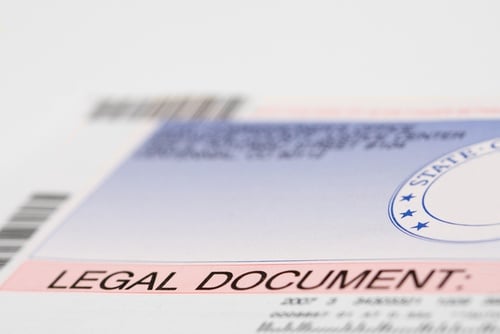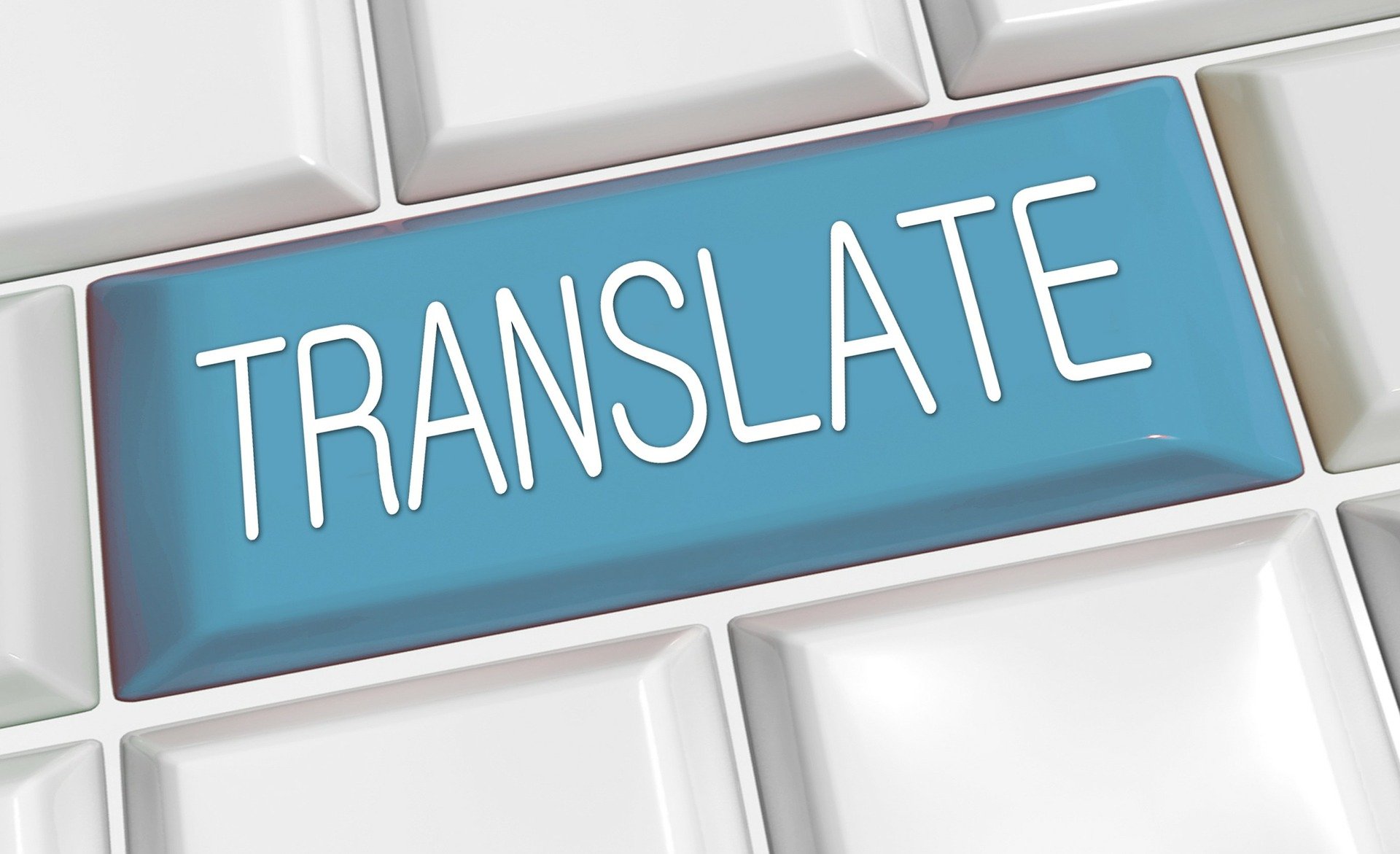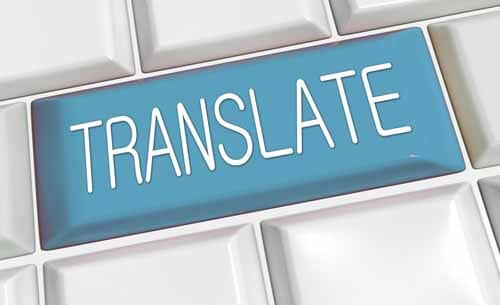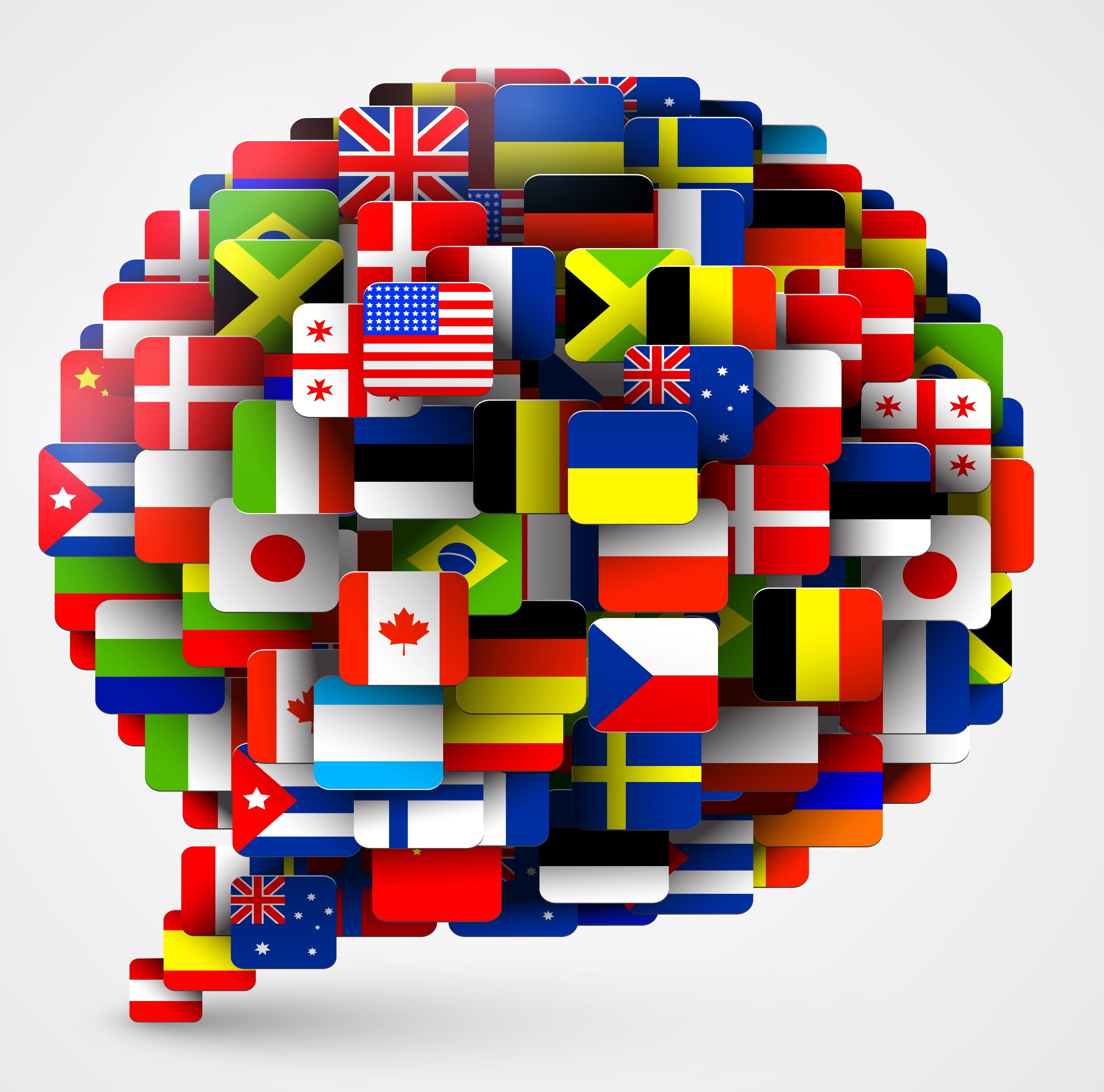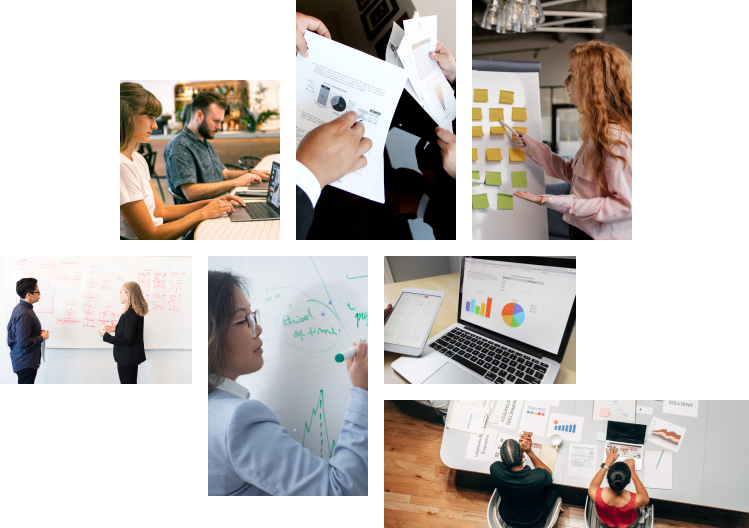Listen to Audio Version:
Translation shouldn’t be an afterthought – it’s a vital element throughout the medical device product lifecycle, ensuring clear communication between manufacturer and end user, and between your company and the world. Everyone knows that mistranslation leads to consequences; the same holds true in the absence of translation:
The BBC reports that between 1989 and 2006, hundreds of patients received overdoses of radiation treatment at the Public General Hospital in Épinal, Vosges (France), in part due to the manufacturer’s failure to translate user manuals into French. At least 24 patients received 20% more radiation than prescribed, leading to 5 deaths; more than 700 known patients received 8% more, and that number continues to grow.
The top 3 potential consequences of inaccurate medical device translation include:
- Compromised patient safety
- Regulatory compliance issues
- Reputational damage
This story is just one example of why generative AI and other automated or online machine translation tools are never an option when human lives are at stake.
Common Translation Issues and Solutions
Here we list 8 of the most common issues encountered by medical device companies, as well as how to completely avoid these issues, or solve them if they’re already underway.
The first, best way to circumvent all of the issues is to create a language plan, also referred to as a Translation Management Plan, that runs throughout the whole of your product lifecycle; barring that, read through to find your current issue and start there.

Challenge #1 – Technical Jargon/Complex Terminology.
Your understanding differs by leaps and bounds compared with your end user. From inception to launch, every new medical device involves science and engineering, patent research and filing, and sales and marketing for commercialization. A client came to us for a review of a translated document about medical aids – canes, walkers, and the like – and the translation instead referred to AIDS, the disease. An inconceivable mistake that completely changed the meaning and intent of the documentation. This is just a quick example of how inaccurate translations of your materials can hold up your approval process, cause confusion, and delay your product’s path to market.
Along with all the technical and regulatory documentation one thing to consider is the name of your product. A name that works well in one market may fall flat in another. To combat this, work with a language partner who can conduct testing and give recommendations to make sure your product succeeds in the target market.
The most common options for adapting your product name include:
- Translating or adapting it to the selected language – choosing a name that makes sense in the target location;
- Keeping the original name; and,
- Keeping the original name with a descriptor added after.
In every instance, be vigilant. We’re all familiar with the brand names that suffer from mistranslation – Nova, anyone? – so if there is even a sliver of doubt or concern about the veracity of a translation, get it proofread by a qualified, independent third party.
SOLUTION: Find a high-quality translation agency experienced in your industry to guide you from the start.
Challenge #2 – Regulatory Compliance.
The regulatory landscape around medical devices is always changing – for example, the EU has been transitioning away from its Medical Device Directive (MDD) to more robust Medical Device Regulation (MDR) requirements since 2017, with May 26, 2024 as the deadline for total compliance.
Some of the most substantive changes in the MDR focused on increased attention to clear communication and translation throughout the full product lifecycle. Compliance is proven by a Declaration of Conformity, and Article 19.1 states that even the Declaration itself:
“…shall be translated into an official Union language or languages required by the Member State(s) in which the device is made available.”
Overlooking this simple step or providing poor translation of the Declaration and other documents concurrently jeopardizes approval and ultimately raises your risk of liability.
SOLUTION: Find a high-quality agency experienced in the medical device industry and confirm that they utilize only human editors; even machine translation with post-human editing risks accuracy.
Challenge #3 – Cultural Sensitivity and Adaptation.
Your audience needs to understand precisely how a device is to be used, wherever they are in the world. In a well-known instance, a patient ingested suppositories thinking it was a form of oral medication. With a single sentence within a pages-long Instructions for Use (IFU) – which could likely boil down to a single incorrect word –a company found itself facing the three biggest potential consequences of risk and liability: compromised patient safety, regulatory non-compliance, and reputational damage.
In fact, a 2018 BMC Health Services study assessed 800 patients of a teaching hospital and pharmacy, over two months, to determine patient knowledge of dosing instructions. Using a median score of 10, the hospital scored 6.7 for completeness, 8.3 for readability, and 7.5 for patient knowledge; the pharmacy scored 7.5, 8.0, and 7.5, respectively.
In addition, only a few dispensing labels included:
- The name of the medication (hospital, 48%; community, 27.3%) and strength (hospital, 40.2%; community, 36.6%)
- The route of administration (hospital, 0.5%; community, 0.8%)
- The recommended duration of treatment (hospital, 0.25%; community, 0.65%).
Such lackluster outcomes for a study involving instructions written in English, for an English-speaking audience, at once illustrates the low levels of consumer understanding due to insufficient information and how much more care will be required for translated and multilingual instructions for use. Consider: if instructions in the source language are incomplete or poorly written, how much more gets lost during the translation process?
SOLUTION: A high-quality agency matches you with an industry-experienced translator that understands the culture of your target audience. The translator will know when and whether a single word could potentially be misconstrued, or if more explanation is required, driving market acceptance and penetration, limiting risk, and improving patient safety and overall outcomes.
Challenge #4 – Consistency and Accuracy.
What should be a no-brainer leaves room for error when people or departments within your company don’t have a set plan and use different agencies and translators throughout the product development lifecycle. Instead, think about partnering with a high-quality agency and creating a plan that works across departments, and from start to finish: IP research through to regulatory compliance, clinical trials, and commercialization. Think consistency of voice and terminology, naming and branding, IFUs, glossaries – lack of consistency jeopardizes patient safety.
SOLUTION: Work with a Language Service Provider who can service your product’s entire lifecycle to create a policy and plan for how to access translation services. Communicate the policy to all departments to maintain a consistent voice for all your materials.
Challenge #5 – Risk of Misinterpretation.
Is it a bad translation or pure misinterpretation of the source material? In 2017, the FDA cited a Chinese company for incorrect labelling of its anti-itch product’s active pharmaceutical ingredient (API) hydrocortisone as dexamethasone. The company blamed the error on its (unspecified) “translator,” and the magnitude of the error points to either a machine-generated translation or reliance on a linguist inexperienced in the medical field who simply replaced the correct ingredient with something similar.
Hydrocortisone: A weak steroid that activates natural substances in the skin to help relieve redness, itching, swelling, or other discomfort caused by skin conditions.
Dexamethasone: A high-dose steroid often used in combination with other agents for the treatment of myeloma and lymphomas, inflammation, severe allergies, adrenal problems, arthritis, asthma, blood or bone marrow problems, kidney problems, skin conditions, and flare-ups of multiple sclerosis.
In the medical realm, it’s simply not feasible to use machine translation or just anyone who speaks the source or target language for translation or interpreting. A skilled translator will be able to clarify unfamiliar terminology and address cultural practices. Many agencies will simply assign your project to the first-available translator. Look instead for a service provider that provides proofreading, quality insurance, and secondary editing options for every project, as well as a satisfaction guarantee. Call it earning your trust.
SOLUTION: A high-quality agency will support and maintain successful client-translator pairings over multiple projects, creating time- and cost efficiencies – translation memory for oft-used content, for example – and evolve into a trusted partner as committed to your goals as you are.
Challenge #6 – Confidentiality and Data Security.
This challenge is especially important at present and will continue to be so long as the Internet exists. Like the medical field, confidentiality is of the utmost importance in the legal industry. To mitigate any breaches, the Association of Business Trial Lawyers recommends that lawyers refrain from using online translation tools because courts have found them inadmissible due to insufficient reliability.
Case law cites that “voluntary disclosure of privileged documents to third parties destroys the attorney-client privilege protecting confidential, full, and frank discussion, unless that third party’s contributions are nearly indispensable for facilitating the conversation for legal advice.”
Even using online translation for a quick rewrite of a sentence or two can expose you to liability, as evidenced by the April, 2023 Samsung case, where engineers leaked internal code to ChatGPT. Since, Samsung has banned use of any and all generative AI platforms, and other conglomerates were quick to follow suit, including Amazon, JP Morgan, Bank of America, Citigroup, and many more.
SOLUTION: Retain ownership of your intellectual property (IP) and content – patents, copyrights, trademarks, patient and clinical trial participant information, marketing – via non-disclosure agreements (NDAs) and bar use of online tools like generative AI and Google Translate.
Challenge #7 – Time and Budget Constraints.
Being first-to-market is a priority, arguably as essential to success as innovation. Timelines for regulatory filings and responses are rigorous, prone to creating time pressures. You need to depend on your translation company for on-time delivery – a Rapport International differentiator is our 100% on-time delivery over 25 years.
SOLUTION: Ask for your agency’s delivery record and examine client reviews regarding quality and timeliness.
Challenge #8 – Formatting and Design.
Good translation is more than the language, it’s also thorough preparation and knowledge of the source content – quality, format, data transmission protocols, output format (website, program, app, manual, packaging, interactive marketing, etc.). Be sure your agency can take all these factors into account – do they need to get the content ready for translation? Will they need time to prepare the content for consumption?
For example, we work in the style of each of our clients – maybe you always do the layout and we proof for print-readiness, or you give us a Word doc and we deliver finished print and digital collateral, for example. We work within your graphic design environment.
If your graphic designer doesn’t understand language and the accepted cultural norms – German capitalizes nouns, Arabic may or may not be laid out right to left, etc. – it’s especially important for a review by a skilled language professional. Even fonts may not carry over – something created in an English font may not compute in another language. Colors, images, graphics, unintentional innuendo can all affect a product launch, at the same time putting undue pressure on project managers and jeopardizing market acceptance.
SOLUTION: Work with an agency that offers foreign language desktop publishing services to ensure your finished project is accurate and appropriate for the target market.
Avoid Challenges by Partnering with an Experienced Language Service Provider
The ultimate solution to these challenges is to have a plan. Implement a translation management plan that works throughout your product lifecycle, from the start.
Here at Rapport International we specialize in medical device document translation and global marketing through the product lifecycle, including translation of:
- MDR and other in-country regulatory requirements
- CE Marking
- IP research and filings
- Packaging and brand testing
- IFUs and other user information
In addition to our record of 100% on-time delivery, our unique linguistic matchmaking process pairs you with a translator with experience in your particular sector of the medical device industry, and we retain and nurture successful translator-client pairings over time, instilling trust and building time- and cost efficiencies into future projects.
Rapport International specializes in multilingual communications, providing language translation and interpretation services that are accurate and culturally appropriate. We use the right voice and the correct terminology to avoid liability, customize services to your needs, and deliver on time and within your budget. With our 100% satisfaction guarantee, you can trust that it’s done right. Contact us today if you would like more information or to get a free quote.
Popular Posts
Popular industry news, interviews, technologies, and resources.





